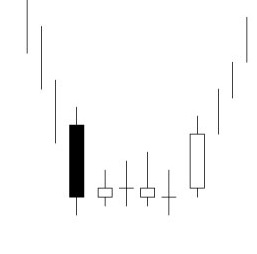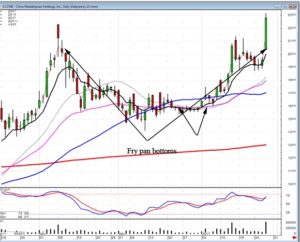Buying a Call is a decidedly Bullish position on an underlying stock value. The investor has the opportunity to participate in the rise of the stock’s value for the term of the contract with a predetermined risk. Most investors will look to sell their contract at a profit, while others may intend to exercise their right and purchase the underlying shares.
To exit a call you have three options. You may let the call expire worthless (lose the premium paid for the option). You may exercise the call at the agreed upon strike price, and turn around and sell the stock at the current market price and profit from the difference. You may sell your call when it rises in premium in tandem in the rise in the under lying stock value.
The main benefit of buying a call is the limited risk of capital. The investor has a much smaller cash layout, with a limited downside loss, and unlimited upside gain. On the flip-side, the option investor does not have the same rights of the individual shareholder such as dividends and voting rights.
In theory, the potential profit on a long call is unlimited as long as the underlying value continues to rise. The potential loss is limited to the premium paid for the contract.
Buying Calls is a long call strategy that is best used in a bullish market where a rise in the price of the underlying stock is anticipated. By electing to purchase a long call option instead of the under lying stock, you increase your leverage and reduce the inherent risk of the trade. The most you can lose on your purchase is the cost of the premium. Buying Calls can be a great way to increase your participation in certain stocks without tying up a log of funds. Options allow you to control a larger number of shares for less capital.
The Chicago Board Options Exchange (CBOE) provides this concise definition for Buying Calls. Buying an equity call gives the owner the right, but not the obligation, to buy 100 shares of underlying stock at a specified price (the strike price) at any time before a specific time (the expiration date). This is a bullish strategy because the value of the call tends to increase as the price of the underlying stock rises, and this gain will increasingly reflect a rise in the value of the underlying stock when the market price moves above the option’s strike price.
The profit potential for the long call is unlimited as the underlying stock continues to rise. The financial risk is limited to the total premium paid for the option, no matter how low the underlying stock declines in price. The break-even point is an underlying stock price equal to the call’s strike price plus the premium paid for the contract. As with any long option, an increase in volatility has a positive financial effect on the long call strategy while decreasing volatility has a negative effect. Time decay has a negative effect.










